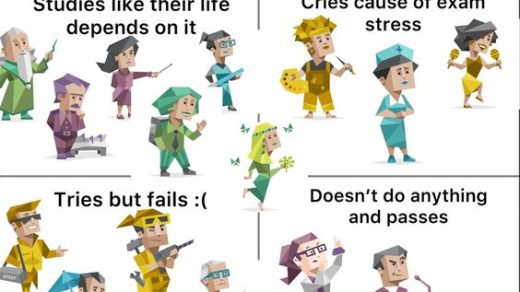Last night, I bumped into an article on VICE. Which talked about different people who posted images on Instagram, which afterwards got deleted because of community guidelines. It got me thinking as to whom decides what can and cannot be seen on Instagram, or any social media for that matter, and the way this regulates a form of power.
The community guidelines are of course somewhat important. Hate and bullying are unacceptable on any platform, it should be a safe space where people are able to express their ideas and thoughts. But, there is another side to this. A lot of social media are often dominated by westernized ideologies. What we might see as ‘strange’ or ‘different’ can be totally normal in another place in the world. How can we then make community guidelines that are applicable to everyone? How do we deal with different groups that maybe accept different ideologies than we are used to?
Hidden structures
Social media, like Instagram for instance, have in this way a form of power over us. A way of making sure the people using their apps are not behaving in a way that they deem unacceptable. But this is, in a Foucauldian perspective, a way of exercising power structures onto others. But also something we can do to ‘our own’. As users of the app, there is an option to report another person’s post. This enables space for different perspectives and ideas, opens up space for dissensus, but the ultimate decision of deleting the post is not with these users but it is a way to perform power over others. Through making sure everyone on the app behaves according to ‘what should be seen’, and ‘what should not be seen.’
Limited (artistic) freedom?
What is striking for me, as an art historian in the making, is that a lot of artistic content is being removed from digital and social media platforms because it violates community guidelines. What do we do with artistic photographs or flyers from exhibitions that may have elements of ‘naked’ on them? And what if it is not a photograph, but a painted illustration, or photoshop? In this way, social media limits artistic freedom.
This problem is not only within the artistic feeds on social media, but let us not forget the #freethenipple movement. Which is still a popular phenomenon and activist stand-point on social media. In the VICE article, there was one example of a transgender man, who was the model for an art exhibition focused on transgenders and the forming of a new identity. The picture, that portrayed a naked man, violated the community guidelines because it showed something naked. Why are other men’s bodies not removed, and this one is? This example shows that social media has a power to not only decide what can and cannot be seen, but in a way also limits an element of personal identity.
Reigning power structures
The main point I want to make with this blog post is the way social media makes use of hidden power structures, that limit, in some ways, the freedom of the users. Of course, there are ethical reasons or reasons of ‘common sense’ as to why it is sometimes limited. But with general community guidelines, it is hard to apply them to specific cases, like the exhibition flyer for example. There are a lot of philosophical and ethical question that arise, especially when it comes to definitions: What is considered naked? What is acceptable? Who decides this? What should or should not be seen? And with what reasons? Questions that are valid to reconsider when using these social media apps. When posts are taken off of social media we do not see them anymore, the deed is done. It is something we are not as aware of when it happens because what we do not see is something we do not notice. The only time we are aware of it is when we read articles like the one from VICE or when someone speaks up, but imagine all the times someone does not speak up. And thus all the times the power structures reign, without anyone noticing.
Interesting references:
- VICE “Mensen over hun foto’s die door Instagram verwijderd werden” (unfortunately only in Dutch, but maybe Google translate can help out? 🙂 )
- Instagram community guidelines
- Exhibition ‘State of Identity’



Hey Liona! Like your piece! I just saw an artwork on Instagram which featured an almost naked woman. The artist in question wrote in the caption that she was afraid that it would get deleted by Instagram, so that we should quickly take a look before it was gone. It was a beautiful digital painting, so if it would get deleted it would be a shame. Sure there is a bit of nudity in it, but it’s still classy. I agree though that it’s really hard to decide what is ‘still classy’ and what could be considered a ‘crude nude’ (I just thought of this term and I like it). Honestly, I don’t have an answer to this conundrum, but it’s interesting to think about!